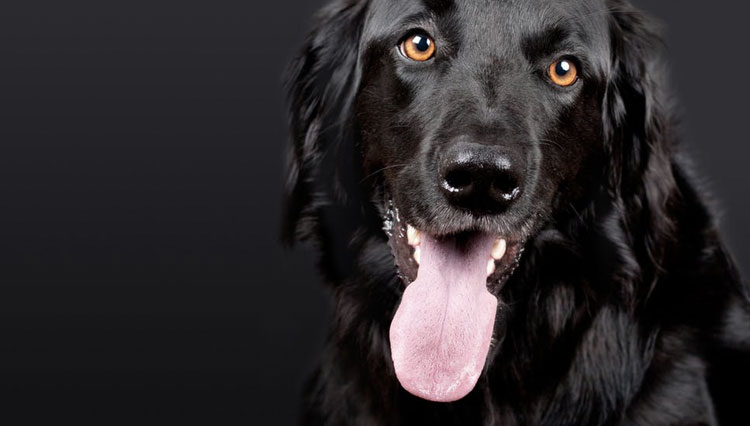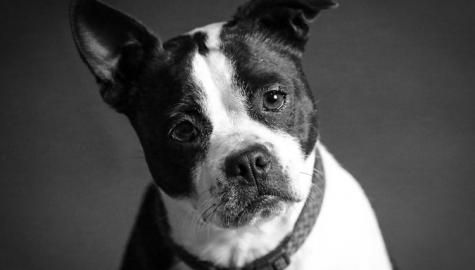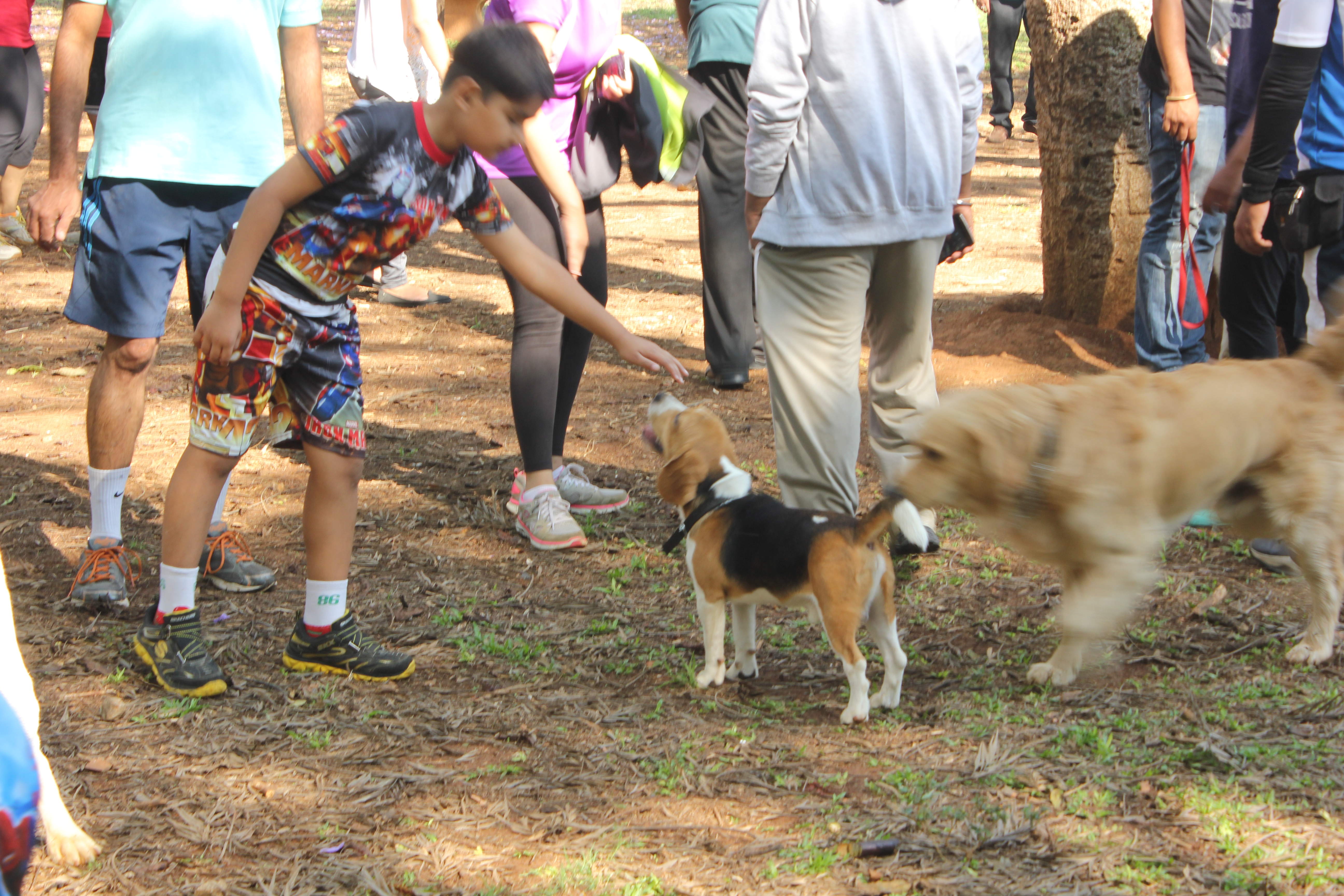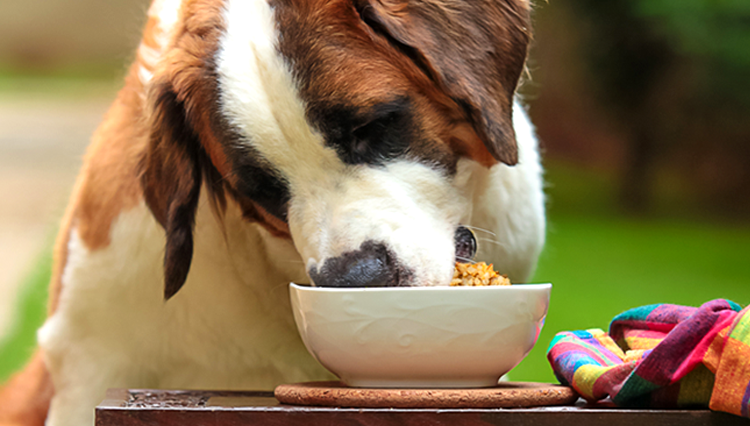Its summertime again! While you chill out wearing shorts and sipping on a cooling drink under the AC, spare a thought for your pet. Summer can be quite harsh for those breeds who are sensitive to heat like Pug and Boxer. They are highly prone to heat exhaustion.
Dogs do not have a sweating mechanism that humans have in order to cool their bodies. They need external help from us to help them cool down. While panting is their way of cooling themselves it is not enough.
To give special care to your pet this summer, you must be aware of the signs that tell that your dog is overheated. So, here is what you need to look out for:
- Heavy panting
- Pale or dry gums
- Continuous drooling
- Rapid breathing
How to protect your dog from getting overheated?
The scorching heat of summer can be quite exhausting especially for your pet. Ensure that you do not make them do any strenuous exercise during a hot summer’s day. They must have a shady spot outside your house where they can rest. Their water bowl must be always filled with clean and fresh water. It is also a good idea to keep water bowls in areas where your pet always frequents.
If your dog is showing signs to heat exhaustion then you must get them to drink sufficient water. A dog can also get overheated in a swimming pool. So, make sure they do not stay a long time in water and are present to avoid any mishaps during their swim.
One thing that a concerned pet parent must never do is to leave their dog unattended in a car. Even with open windows a car can get heated up. So, never leave your dog alone in the car as they can easily succumb to heat stroke leading to fatal consequences.
If you do notice signs of lethargy or exhaustion in your pet then you must take them to the vet for a swift medical intervention.
Though summer can be quite tiring for you and your pet, with the right kind of preparation and precaution you and your pet can enjoy the best of the season!














